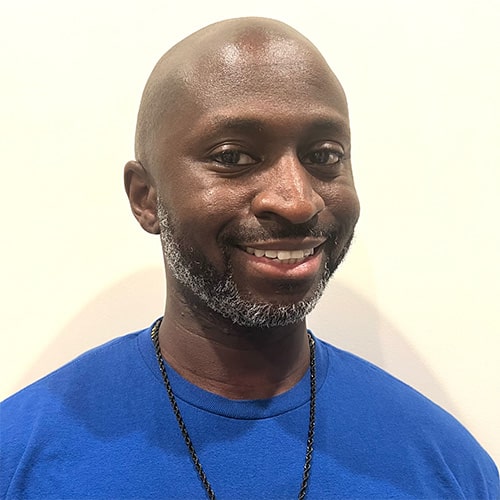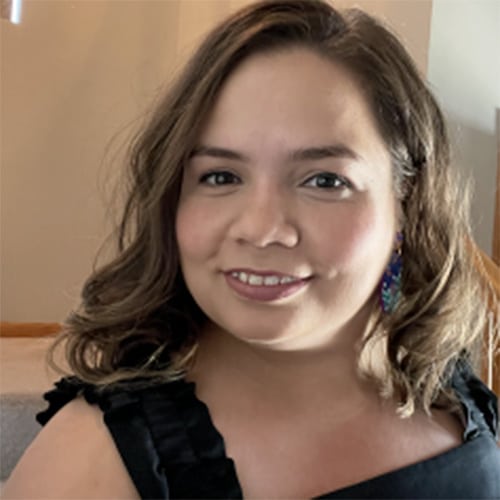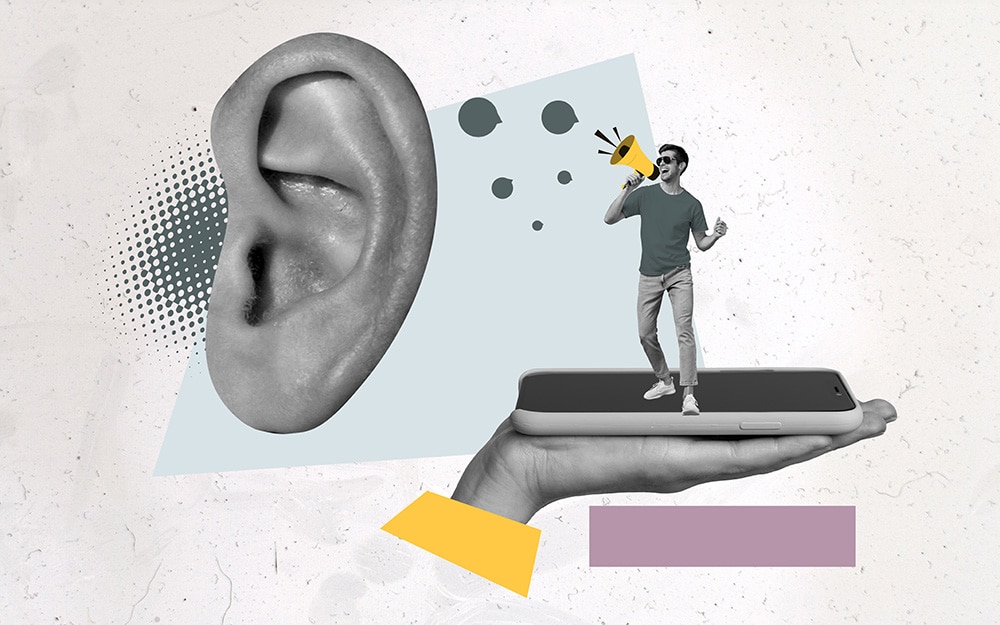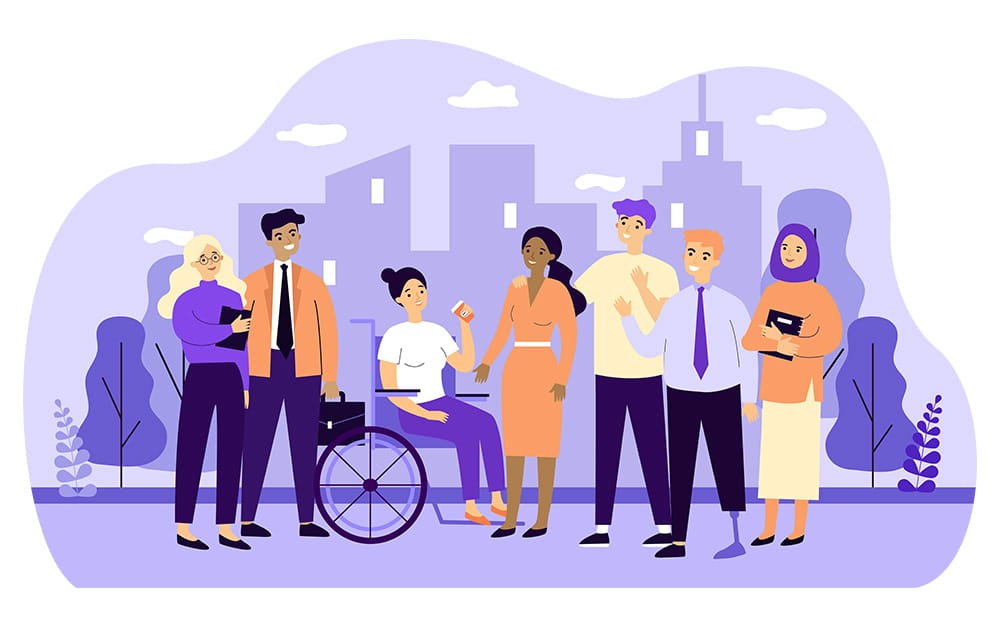Home » Allyship & Equity » Fostering a Sense of Belonging Through Employee Resource Groups
Diversity, Equity, & Inclusion
Fostering a Sense of Belonging Through Employee Resource Groups
stock.adobe.com / Bro Vector
As humans, we seek connectedness and belonging in our environment, whether it’s within the community we live in or the company we work for. Many organizations understand this need and support workplace belonging through various diversity, equity, and inclusion (DEI) programs. These companies also understand that by fostering belonging at work, they are investing in the success of the company. In fact, according to a 2020 global study by Qualtrics where over 11,800 participants were surveyed, a sense of belonging emerged as the strongest driver of employee engagement—ahead of trust in leadership and career growth.
With a feeling of belonging, employees are more likely to share their thoughts, innovate, take risks, and build meaningful relationships at work. Although investing in DEI programs is a great way to promote a culture where belonging is supported, there are other ways companies can further expand these efforts, such as supporting employee resource groups (ERG). In this column, I will be going over what an ERG is, why it’s important, and how you can start an ERG at your company.
What is an ERG?
An employee resource group is an employee-led group with the purpose of creating space for people with common interests or backgrounds to connect with each other. Also called an affinity group, these groups serve as a way for people with similar identities to learn from other members and network with co-workers whom they may not work with on a regular basis. ERGs may vary depending on their structure—some ERGs can have a more formal structure aligned with an organization’s DEI strategy, while others are completely managed by volunteers without an overarching strategy or framework to follow. ERGs can also vary in terms of the benefits that they offer—some ERGs may purely focus on networking and building connections at work, while others may have specific programs such as mentorship programs and volunteering opportunities.
Why are ERGs important?
Employee resource groups help create a sense of belonging for employees, especially for companies in which hybrid or remote work is the norm. As we learned earlier, a sense of belonging in the workplace drives employee engagement. Not only that, but according to research conducted by BetterUp in 2021, belonging leads to a 56% increase in job performance, a 50% reduction in turnover risk, and a 75% decrease in employee sick days.
How do I start an employee resource group at work?
- Gauge interest and gather data by asking for input. Since employee resource groups are volunteer based, it’s a good idea to start by assessing if there is interest from other employees who may have similar identities or backgrounds. Typically done through a survey, this research will enable you to gauge future participation and the needs of potential members.
- Get buy-in from HR and leadership. Once you have reached the point where there is a significant amount of people interested in joining an ERG, you’ll need buy-in from HR and/or someone in senior leadership. Getting their buy-in will enable you to get their support as needed. You can also collaborate with them to align your ERG with the company’s people strategy or any organizational needs that your ERG can help with.
- Define the purpose of your ERG. Before launching your ERG, it’s important to put together the purpose of your ERG using the information you’ve gathered so far. This purpose can be captured by writing an ERG mission statement that goes over what the ERG is for and why it’s important.
- Recruit members! Bring awareness to your new ERG by announcing it in company meetings, via email, or in other ways that fit the communication norms within your company. Inviting allies can be a good way to expand your ERG, but it’s good to keep in mind that not all ERG meetings have to be ally meetings and can depend on the purpose of a specific meeting.
- Host your first meeting. Your first meeting is a great opportunity to provide an overview of your ERG’s mission statement, member and ally expectations, and other important details that you’d like to share.
- Get feedback. As you determine future ERG meetings and events with your members, it’s important to get their feedback and recommendations. You can do this through surveys or by asking for direct feedback. With this information, you can measure the impact of your initiatives, and get an understanding of the evolving needs and interests of your members.
I hope this column has been helpful to anyone who is looking to make an impact by starting an ERG in their workplace. Good luck with your ERG and thank you for your commitment to building a sense of community and belonging at work! ◆
ERG Testimonials
Knowing that I wanted this column to be about ERGs, I realized that a great way to highlight an ERG’s benefits is to share testimonials from ERG members. Below are personal testimonials that I’ve gathered from ERG members at SpotHero.



Andy Santos is the Director of People and Culture for SpotHero and a member of IPMI’s Allyship & Equity Advisory Group.
-
Andy Santoshttps://parking-mobility-magazine.org/author/andy-santos/January 5, 2023
-
Andy Santoshttps://parking-mobility-magazine.org/author/andy-santos/May 1, 2024


A Closed Mouth Does Not Get Fed
Speaking Up on Allyship

The Complexities of Identity
The Vitality of Discovering your own Intersectionality

Age Is Only a Number
To create equity and inclusion for all age groups, it’s









